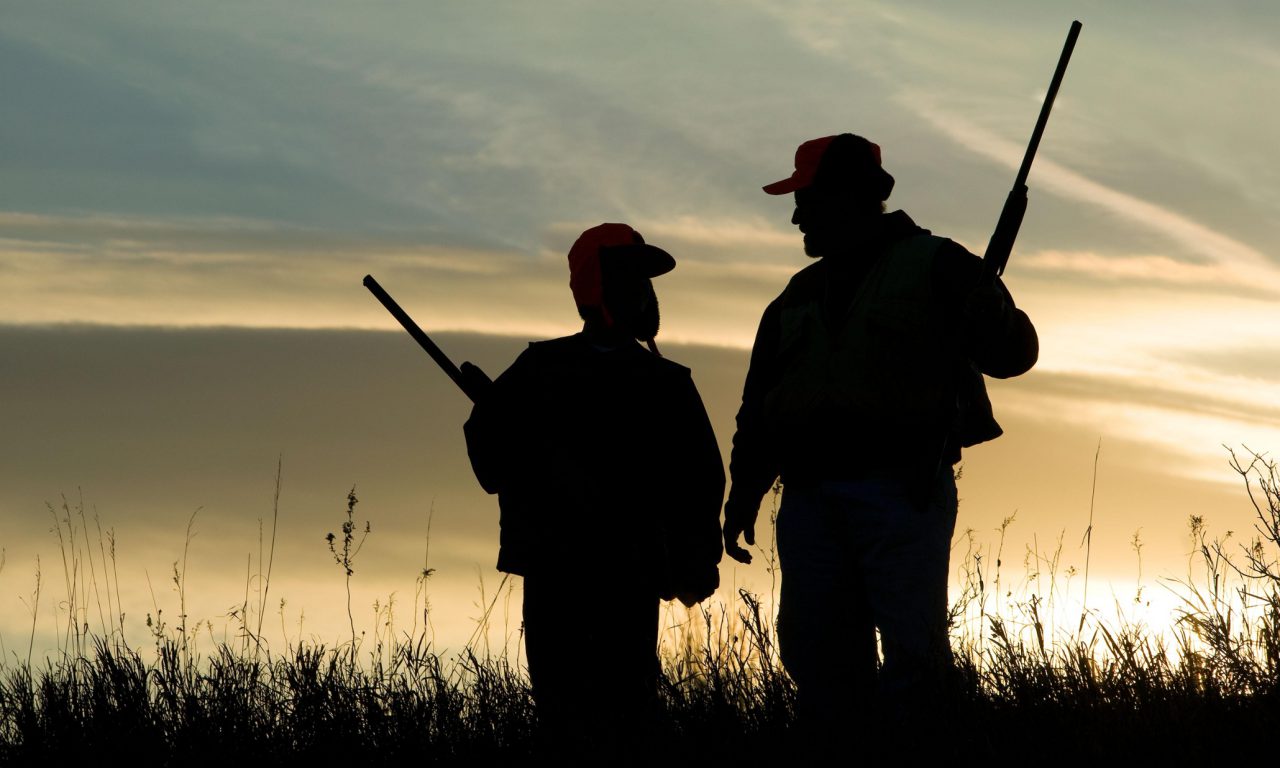Published in The Pride of the Prairie newspaper
By Sandra Frickson
October may be Physical Therapy month, but in South Dakota it means hunting season. Walking the fields for pheasants is a significant physical workout. There are several activities you can do prior to the start of the season to ensure you are ready for the demands of hunting. In addition to that, a good stretching program and proper hydration can help decrease secondary pain after the hunt.
Prior to the start of the season an aggressive walking program will help prepare your muscles and cardiovascular system. Walking at least thirty minutes a day in your hunting boots is a good start. Walking in an area with hills and vegetation will better simulate a true hunting experience. If a treadmill is your option be sure to do inclines. In addition to walking, leg strengthening exercises make trudging through rushes or tall grass easier. Lunges, lateral lunges, squats and toe raises are four exercises to work the muscle groups being tasked in the field. Begin with ten repetitions of each of these exercises daily and working up to twenty prior to adding any additional weight. The sooner you are able to begin these exercises, the happier your body will be at the end of the first day in the field.
When you get to the field, take some time to prepare your body for the activity ahead of you. Stretching your muscles before each walk will help prevent pulled muscles. Also stretching at the end of the day may decrease secondary muscle soreness the next day. Stretch your hip, leg and calf muscles holding each stretch for 15 to 30 seconds without bouncing or jerking. The goal of stretching is to help elongate muscles. Bouncing or jerking can tear or pull the muscles. Muscles that are loose and stretched will allow for better range of motion in your joints. This improved motion decreases the chance of pulling a muscle during the activity.
Prior to the start of the season an aggressive walking program will help prepare your muscles and cardiovascular system.
Hydration is vital with any physical activity. Remember when the temperature drops your body still uses water so you need to make sure you drink water while hunting weather it is 90 degrees or freezing. It is recommended that you drink half of your body weight in ounces of water daily. When your are physically active this amount should increase. Thus, if you weigh 100 pounds you should drink 50 ounces of water on a typical day. One key to keeping hydrated during physical activity is to hydrate prior to the activity. Drinking water prior to starting your hunt is vital to ensure you are not playing catch up with fluids while being physically active. Do not count caffeinated or alcoholic beverages in your fluid intake ounces as they actually decrease the fluid in your body.
Preparing for the hunting season means getting all your equipment ready – you clean your gun, buy your shells, and get your vest and boots ready. Your body is the most important piece of equipment. If your body is not ready for walking several miles through tall grass, corn fields or rushes, your hunt may not be successful. If you do find yourself injured after your hunt, contact your primary care provider for a referral to physical therapy to help get you back in the field as soon as possible.
Please visit the links below for videos of the strengthening and stretching exercises.
Access code: JKJMAWWT
